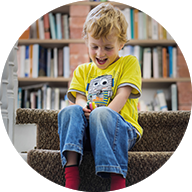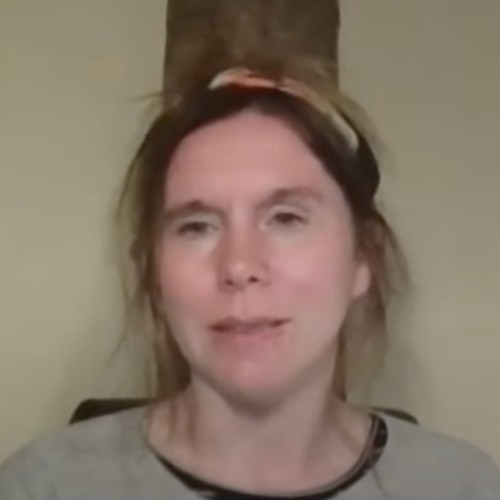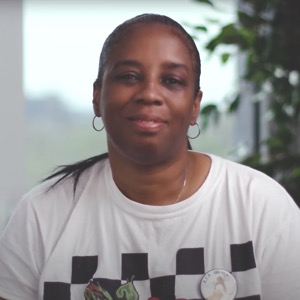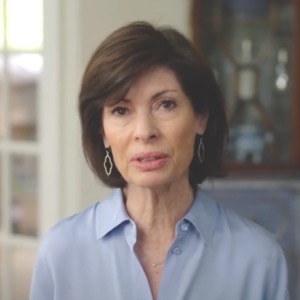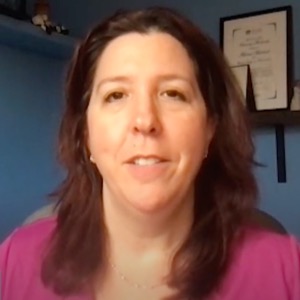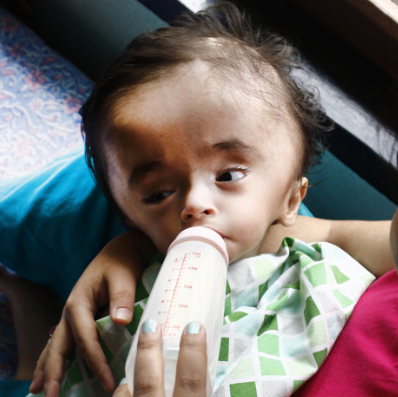Just and Restorative Cultures – Healing, not Harm.
Sam was my little sparkle. Life-affirming, cheeky, and bursting with life, he liked music, mud, pebbles and pine cones. He was funny and affectionate. He thought baby cows were ‘cute’ and enjoyed balancing ‘imaginary cow-pats’ on my head.
In the run up to Christmas 2010. Sam and I were heavy with cold. Britain was frozen. Sam’s energy rose and fell with his temperature on the peaks and troughs of Ibuprofen. He was excited by the falling snow, but even more so by Christmas. He thought the Christmas tree — still wrapped in netting on the floor — was ‘so beautiful’.
On the 21st of December we ventured out to see a GP, ice cold air making us cough and wretch to the point of feeling sick and sore. Had we got flu? “Maybe… but it’s just a virus” the doctor reassured us. So we went home to warm up and wait it out.
Sam and I spent the next day, the 22nd, curled up under a duvet on our sofa. Sam’s temperature had come down for the first time in a week but — unusually — he was not perking up with medication. Worried, Sue called the GPs’. We waited: first for a call-back, then an appointment. Late in the afternoon we bundled up and braved the cold again and Sam saw his second GP in two days. On the way home Sue was still anxious. The GP had seemed “in two minds”, she told me, before determining “the best place for Sam was home”. I watched Sam in the rear-view mirror. Small and exhausted. I knew how he felt. “We need to trust the doctors”, I said, “they are the experts”.
Soon after arriving home, Sam was sick. Sue sought more advice. Waiting for another call-back, I cuddled Sam beside his bed. He was sick again, but this time it was black. An out-of-hours service sent us to our local hospital. Yet more waiting. Then sudden urgency. An oxygen-mask. An ambulance. Blue lights. A&E. Drips. Blood tests. X-rays. Prescriptions written. Transfer to a High Dependency Unit. Reassurances. Shock. A circle of medics — white and blue, through dull green curtains. A kind nurse. A calm consultant. Talk of fighting as hard as any boy could. The beeping of Sam’s beating heart. And then a searing and suffocating silence. Circumstances beyond comprehension. 5AM. The 23rd. Weakened by flu. Overwhelmed by sepsis. A perfect life cut short. Aged just 3. Sam was dead.
In the UK the National Health Service (NHS) is everyone’s safety-net: safe hands if needed. So trusting ‘healthcare’ — despite anxiety for Sam — felt natural. Our trust was never blind, but always respectful, asking questions when necessary: believing the NHS existed for the health and wellbeing of patients.
But the speed and unexpectedness of Sam’s death changed everything. We no longer felt safe… and nothing made sense any more.
With broken-hearts, the need for safety and sense-making generated questions. Questions which — if safety was health-care’s priority — its practitioners would encourage and answer quickly and comprehensively.
- What killed Sam?
- Had we — or the doctors — missed something?
- Was Sam’s brother safe?
Frightened, but in good faith, we waited. As weeks became months however, my ability to trust was systematically dismantled.
- Why couldn’t they answer simple questions?
- Had they forgotten Sam died?
- Didn’t they care?
I started chasing responses. Unwilling to see through my eyes, they expected me to look through theirs. Assurances were free-flowing but — lacking evidence — meant nothing.
I was asked to be patient; to trust the professionals; trust the process; trust the system; to understand that no one goes to work to do a bad job.
Investigations were promised but dragged on interminably; excluding us; siloed; missing chunks of Sam’s journey; devoid of objectivity and, conveniently, dismissing our concerns. We were told that Sam died of something “incredibly rare” and “hard to spot or treat”; that “nothing could have been done to save him”; that his death was ‘explained’ and ‘unlucky’ but ‘unavoidable’.
But sepsis isn’t rare, and — with timely recognition — can be treated.
Independent investigations — spanning 5 bleak years — determined that Sam’s death was, in fact, avoidable. Amidst a ‘catalogue of errors’ the seriousness of Sam’s deteriorating clinical picture was repeatedly missed and misunderstood; prescribed antibiotics were not administered for hours… and so Sam died.
Lacking the courage and competence to join these dots together, the NHS’s cultural reflex was to protect itself, deflect scrutiny and bury the truth. Hierarchical power was misused. Minds closed to the possibility of improved safety. Perhaps they assumed I would give up or break down? Irrespective, it was a flagrant betrayal of the NHS’s constitutional claim to work ‘at the limits of science – bringing the highest level of human knowledge and skill to save lives and improve health’.
The ineptitude of healthcare’s co-ordinated response exposed cultures shaped by fear, blame and shame, but not compassion, trust or safety — for patients or staff. It was unjust: a festering indictment of defective leadership, governance and accountability.
Real safety depends upon timely feedback, learning how to identify and prevent avoidable harm, and sharing insight. But that requires psychological safety, which in turn depends upon trust. Both are characteristics of ‘just cultures’… but not of ‘cultures of fear’. And both are jeopardised by fear-fuelled and adversarial processes like complaints and litigation.
To be trustworthy (for patients and staff) health services need wiser leadership, better governance and radically different regulation.
Trust and safety are two sides of the same coin. Both have to be nurtured. If doubt undermines one, the other suffers too. Whether they flourish or wither is determined by actions and behaviours.
Pledges to ‘Do No Harm’ are not enough. And ‘Lessons Learnt’ mean nothing unless translated into safer care. If ‘Duties of Care’ mean anything, health services must go further, fast, stopping the cycle of avoidable-harm; banishing cultures of fear, blame, shame and scape-goating; punishing bullying and cover-ups. Safety depends on all of this… and more. Investigate for safety; encourage curiosity; welcome challenge; embrace different perspectives. Strive for learning and improvement. Reward transparency and innovation. Flatten hierarchies. Be fair and consistent. Offer kindness and respect to everyone.
Do all of this… and ‘just and restorative cultures’ will emerge and flourish. Cultural reflexes then will be to prioritise establishing who’s hurt, what they need, and who will help — ensuring that it happens.
Healing — instead of harm — depends on action. That’s what we expected for Sam. He deserved no less. Nor does anyone else. We have the know-how. We need the action. Lives — like Sam’s — depend upon it.

